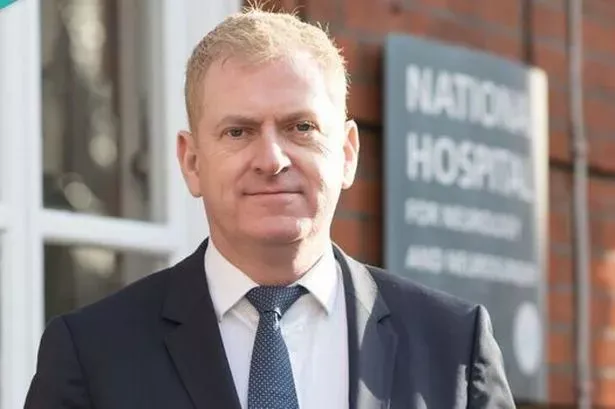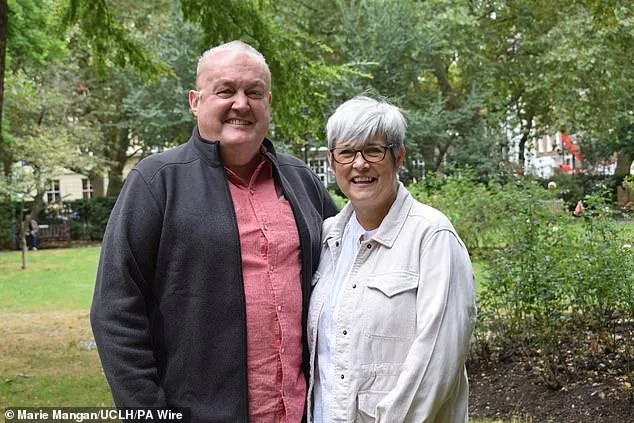Groundbreaking Treatment Shrinks Deadly Tumor by 50%: A New Hope for Brain Cancer Patients
Revolutionary Radioactive Treatment Shrinks Deadly Brain Tumor in Groundbreaking Trial.
A new radioactive treatment has made a remarkable breakthrough in brain tumor treatment. The treatment has shrunk a deadly brain tumor by half in just weeks. This offers new hope for patients with glioblastoma. Paul Read, 62, from Luton, is the first patient in this groundbreaking trial at UCLH.
"When they showed me the scan results, it was unbelievable. My tumor had reduced by 50% in size," Read told the PA news agency. The new therapy works by injecting radioactive material directly into the tumor. This targets cancer cells while protecting healthy brain tissue.
Dr. Paul Mulholland leads the pioneering trial at UCLH. The treatment specifically targets malignant cells. "It's very powerful at killing them," he explained. The trial also explores new ways to identify suitable patients for immunotherapy.
The treatment could change how doctors approach glioblastoma treatment. New imaging techniques can now identify suitable patients without invasive procedures. This development makes the treatment process safer and more efficient for patients.

Read's journey began with a devastating diagnosis last December. He experienced severe headaches and a suspected stroke. Doctors at Luton and Dunstable University Hospital discovered a massive tumor. He underwent surgery, chemotherapy, and radiotherapy. Despite these treatments, the tumor returned aggressively by mid-2023.
"The likelihood of survival was a year or less for me," Read shared with metro.co.uk. He saw the trial as his last chance for survival. "I have nothing to lose and everything to hope for," he added. His story represents hope for other patients facing similar diagnoses.
The ICR has developed a new scanning technique called 'immuno-PET imaging'. This method helps doctors select the best treatment for each patient. The technique allows for better monitoring of treatment progress. It eliminates the need for dangerous biopsies.

Dr. Gabriela Kramer-Marek explains the significance of this development. "Being able to take a scan of the patient's body and see the levels of this target means that we can predict the patients' response." The new scanning method helps doctors track treatments targeting proteins like PD-L1.
The UCLH plans to expand the trial to include 40 patients. They will increase radiation doses in future treatments. The hospital aims to combine this method with immunotherapy. Ariceum Therapeutics sponsors this ambitious project to defeat glioblastoma.
Dr. Mulholland remains optimistic about future treatments. "We are aiming to cure this disease. There's a plausibility that because it develops in a specific brain zone, new therapeutic approaches could corner it." His team continues to work towards better treatment options.
The public has responded positively to these developments. Social media buzzes with hopeful comments. Many users express excitement about potential breakthroughs. Others call for more similar trials.
Brain cancer treatment still faces many challenges. However, these new developments provide hope. They offer new directions for future treatment strategies. The medical community continues to work towards better solutions for patients.


